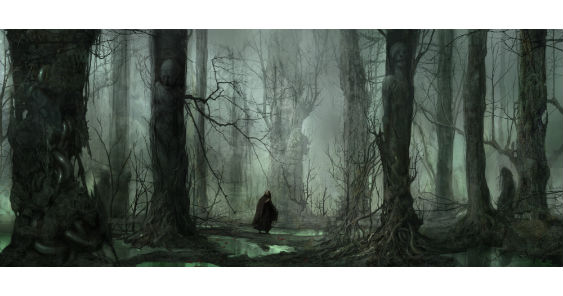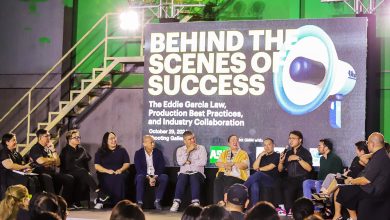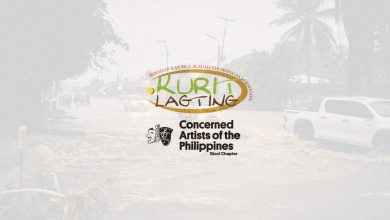MANILA – Artist, illustrator, and designer Vance Kovacs is among the speakers at entertainment design conference, ICON Manila, which will take place on July 3, at the SMX Convention Center in Manila.
At 20, he landed his first art job in games, doing concept art at a video game company called Interplay Production at $9 an hour. “I was stoked! I was drawing for a living,” Kovacs shared. After eight years in games, he was recommended by my good friend Justin Sweet to work on the Lion, the Witch, and The Wardrobe, which would be his first movie job. After a few years of working in film, his acceptance into the Illustrators union allowed him access to a larger pool of films.
Since then, Kovacs has worked on several high profile films including Thor, The Chronicles of Narnia: The Lion, the Witch and the Wardrobe, Godzilla, Noah, and Dawn of the Planet of the Apes.
The most recent turning point in his career came on January 1 this year, when he got funding for “The Art of Eclipse: The Well and The Black Sea” via Kickstarter. “This will hopefully mark a new chapter of creating my own projects. We’re close to finishing our book then it’s back onto Kickstarter to pitch a game experience project set in the same world. It’s taken tremendous effort but things are looking bright for a future developing my own worlds and creating my own content,” Kovacs said.
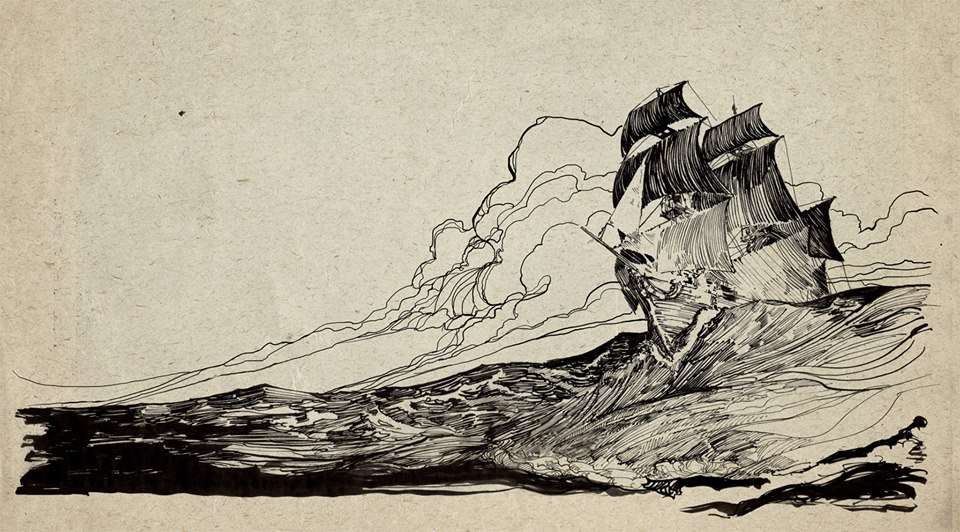
adobo asked Kovacs about his work, as well as some tips for young artists:
What were the pros and cons of using Kickstarter to fund The Art of Eclipse: The Well and The Black Sea?
I can’t think of any cons. Kickstarter has and will be the channel I use to create content that I want to own and control. There’s so many positives. Kickstarter disburses the burden of funding among many sources. This automatically reduces the amount of risk to who people are contributing. So 60,000 people might be out $30 rather than a company being out 1.8 million if your project doesn’t ship. Kickstarter is a great option for independent and smaller project pitches that bigger companies may pass up because they can’t forecast the idea making 10s of millions. I think a small team of creative people could be quite happy selling 60,000 copies with a 1.8 million dollar budget.
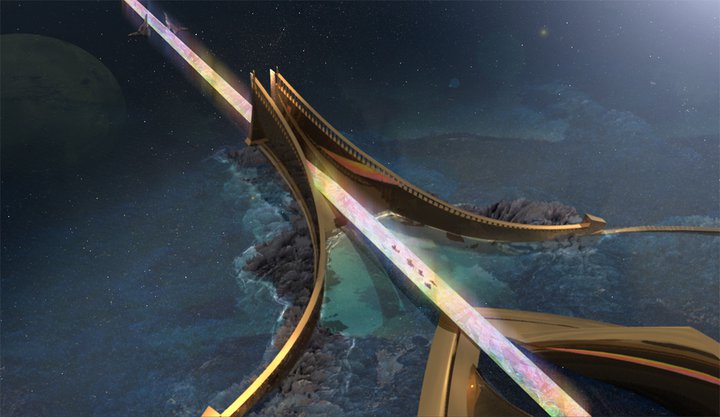
How does one become a concept artist? At the beginning, was it difficult explaining your job to your folks?
google search: art directors in games.
google search: production designers in film.
google search: creature fx houses.
Find the people hiring and show them your work. Fellow concept artists won’t give you work. They’re your competition. The way to stand out is to make sure you art is above the rest. It’s highly competitive out there and the skill levels are only increasing.
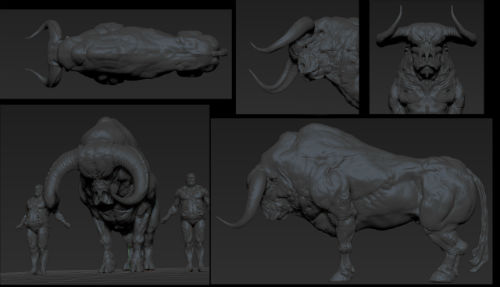
Is the process of creating concept art different depending on what the final product will be?
In some regards. Some concept art can be abstract to establish a mood. Sometimes it is used to sell an idea for funding so needs to have a polish and finish to it. Sometimes it is used for information to pass on to construction or 3D modeling to be fabricated or built for real world or virtual sets… There’s certainly a wide spectrum that a concept artist can move in.
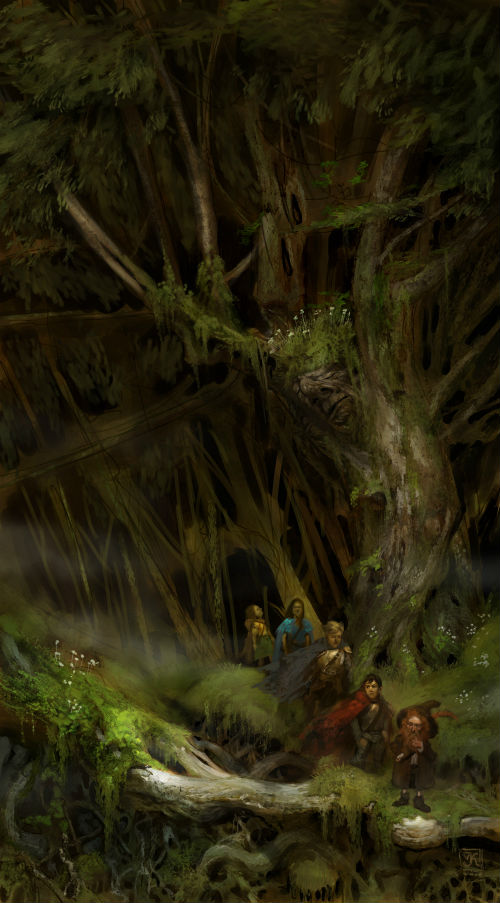
How important is it for creatives to learn to use technology?
In some regards it’s crucial if your aim is to be hands on with the entire creative process. The tools these days are so powerful that a concept Zbrush model can go right to fabrication. This happened to me on Thor. I could identify specific areas of a set piece that were directly fabricated from 3D models I provided. This means a concept artist can get down to fine details when designing and pass those right down the pipeline. Other tools give you abilities to rapidly iterate and get 3d information into your ideas. I’m an advocate for learning as many tools as your brain can handle. That said, I’m a bigger advocate for raw creativity. The tools only help you communicate an idea… but, they are far from the idea itself. Creativity is fostered apart from tools and craft. It comes from experience, education, hunting, mining, and listening to any possible current of inspiration. I get it from music, films, art, photography, religion, philosophy, history and my own experience. Employing both of these will only make your ideas more original and your ability to communicate them more diverse.
How does one find the balance between bringing one’s own voice to a story and staying true to the original concept?
This is something every artist will have to balance depending on the source material they’re designing for. Sometimes you have to develop the movie version of a comic book icon, sometimes you have to design something from literature that everyone have a different mental picture about. Other times, it’s trying to get a new design that feels fresh and original. These are challenges posed on every project and every job I get. At the end of the day, I have to put all the voices and second guessing aside and to go with my gut. I’ll always go with the impulse to paint a picture as I see it in my head. I’ll feel better, even if a design is rejected, that I liked it first.
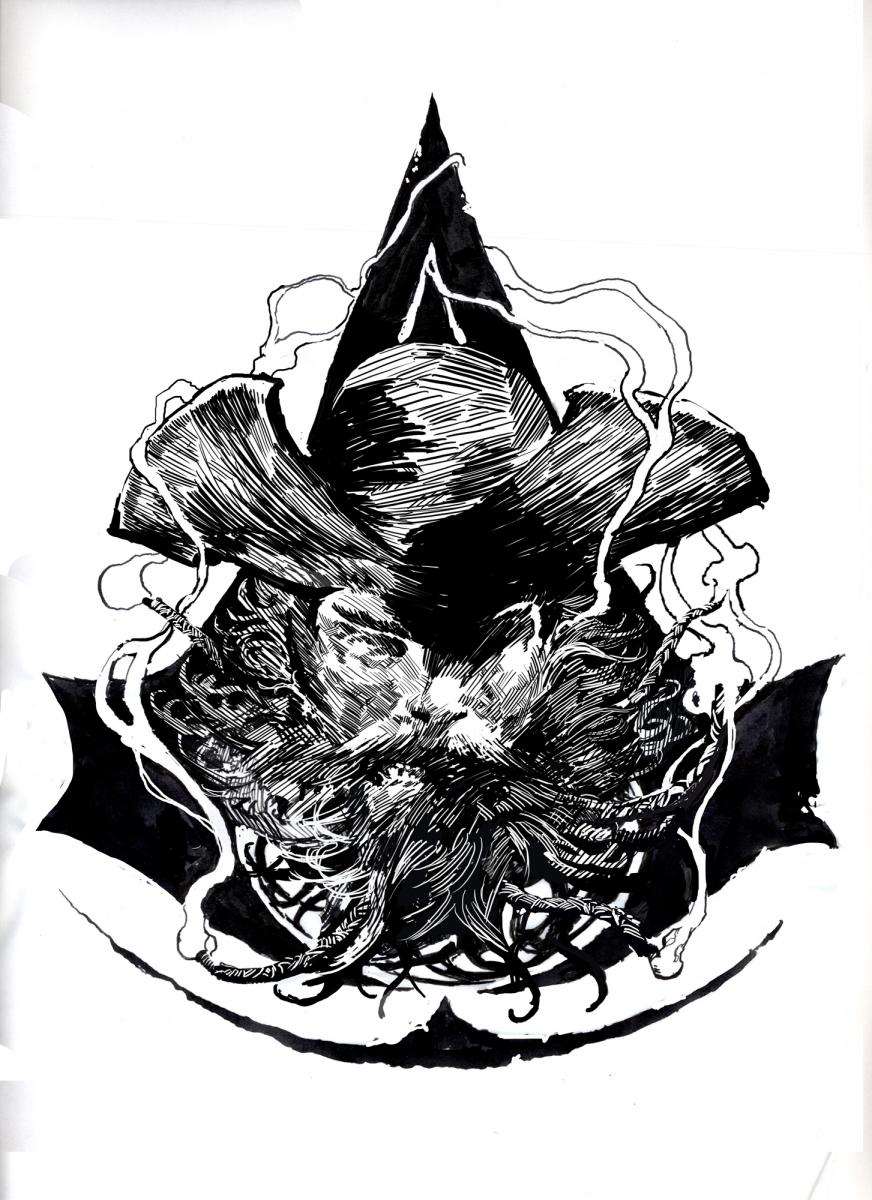
How can creatives learn various styles while still having their own?
I guess this would just come from close observation. Techniques are easier to pick up than learning the fundamentals of drawing or philosophies of composition. I’d encourage students to pursue the latter. Technique and style will naturally develop over time. Hopefully it’s the culmination of all your influences.
What are the musts for young artists?
Depending on the area of interest (environments, character, creatures, keyframes, prop design, etc.), I’d recommend a solid drawing education. It is the most fundamental and most versatile of all the disciplines. Ideas flow quickest with pencil to paper than any other medium I know.It also creates the foundation for understanding form, rendering, space, and perspective. If someone wants to draw monsters and character, without a doubt, an education in anatomy is paramount.
What’s your dream project?
To work with my friends making cool stuff. I couldn’t ask for more.


